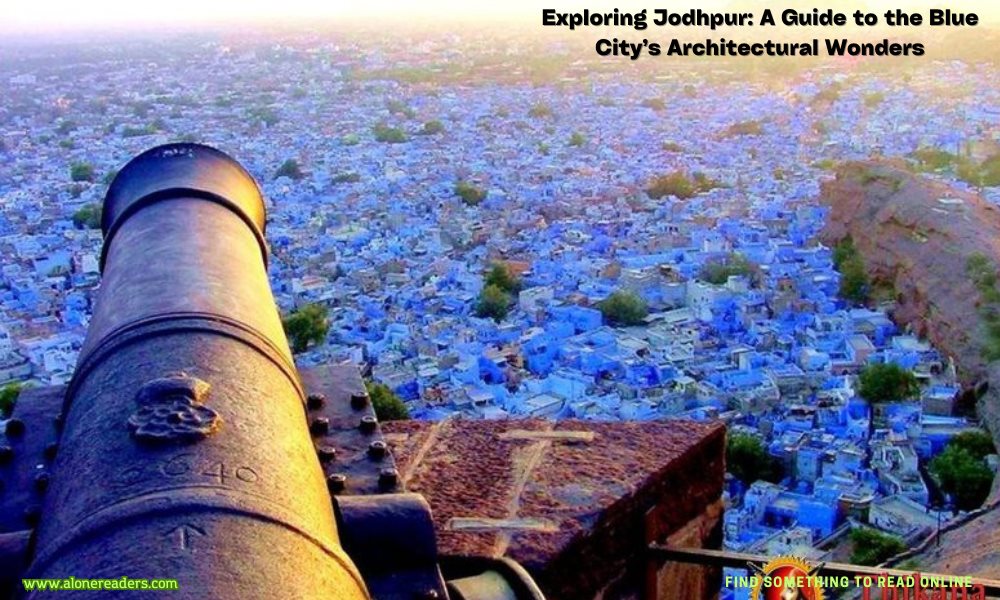
Nestled in the heart of Rajasthan, Jodhpur, also known as the Blue City, captivates visitors with its vibrant, azure-hued buildings and rich historical heritage. This city, with its towering forts and palaces, serves not just as a testament to its illustrious past but also as a beacon for travelers seeking cultural depth and architectural grandeur.
Jodhpur is well-connected by air, rail, and road. Jodhpur Airport, located about 5 km from the city center, accommodates domestic flights from major cities like Delhi, Mumbai, and Kolkata. For those who prefer the rails, Jodhpur railway station is a major hub receiving trains from all over India. Road travelers can enjoy a scenic route through Rajasthan’s colorful landscape via state-run or private buses from nearby cities.
Accommodation in Jodhpur ranges from luxurious heritage hotels to budget-friendly guesthouses. The Umaid Bhawan Palace, part of which is still a royal residence, offers rooms starting from $300 a night for a taste of royal living. For budget travelers, hostels and guesthouses in the old city offer beds for as low as $10 a night. The Blue House, a family-run guesthouse, is particularly popular for its warm hospitality and rooftop views, with rooms averaging $25 per night.
Rajasthani cuisine is a feast for the senses, and Jodhpur offers myriad dining options that showcase its culinary richness. From street food vendors serving hot mirchi bada (spicy deep-fried chili) for around $0.30 each to upscale restaurants like Indique, where you can enjoy a panoramic view of the city alongside dishes such as laal maas (spicy mutton curry) for about $10, there’s something for every palate and pocket.
Mehrangarh Fort: A Symbol of Might and Splendor
Dominating the skyline, Mehrangarh Fort is not just an architectural masterpiece but the heart of Jodhpur. Entry costs approximately $5, and it houses museums, exhibitions, and breathtaking views of the blue city below.
Jaswant Thada: The Taj Mahal of Mewar
This white marble cenotaph, built in memory of Maharaja Jaswant Singh II, features intricate carvings and a tranquil lake. It’s an ideal spot for those seeking peace and contemplation.
Umaid Bhawan Palace Museum
Part of the royal residence is open to the public as a museum. For around $3, visitors can explore exhibitions that display the royal family's history and possessions, providing a glimpse into their luxurious lifestyle.
Shopping in Jodhpur: A Haven for Handicrafts
The markets of Jodhpur are bustling with textiles, handicrafts, spices, and antiques. Don’t miss the Sardar Market near the Clock Tower, where bargaining is part of the fun and you can pick up souvenirs and gifts at reasonable prices.
When visiting Jodhpur, it’s advisable to dress conservatively, respecting the local culture, especially in religious sites. Summers can be scorchingly hot, so plan your visit between October and March, when the weather is cooler. Always carry bottled water, sunblock, and a hat to protect against the desert sun.
Navigating the city can be done on foot within the old city areas, but auto-rickshaws are recommended for longer distances. Be sure to negotiate the fare in advance to avoid overpaying.
Conclusion: Jodhpur, a Journey Through Time
Jodhpur’s allure lies in its ability to blend historical grandeur with the vibrancy of everyday Indian life. Whether you're exploring the imposing forts, savoring the local cuisine, or simply wandering through lanes lined with indigo-colored houses, Jodhpur promises a memorable journey into the heart of Rajasthan. Every corner tells a story, and every visit feels like stepping into a living museum, rich with the tales of a bygone era.